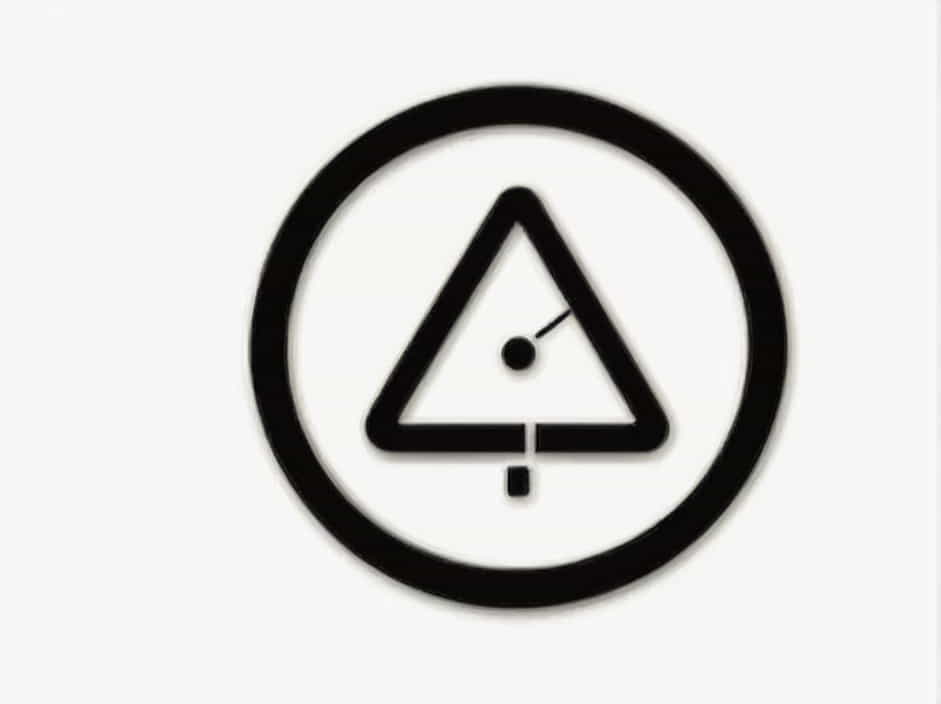Calculus with analytic geometry is a fundamental subject in mathematics, combining the principles of differential and integral calculus with geometric concepts. This branch of mathematics is widely used in engineering, physics, economics, and computer science.
This topic explores the key topics in calculus with analytic geometry, its applications, and essential study tips to master the subject.
What Is Calculus with Analytic Geometry?
Calculus with analytic geometry is a combination of:
- Calculus – The study of change, including differentiation and integration.
- Analytic Geometry – The study of geometric shapes using algebraic equations.
By integrating these two fields, students can analyze curves, slopes, areas, and motion with greater precision.
Key Topics in Calculus with Analytic Geometry
1. Limits and Continuity
- The concept of a limit is fundamental in calculus, defining the behavior of a function as it approaches a specific point.
- A function is continuous if there are no breaks, jumps, or holes in its graph.
Example:
This means as x gets closer to 2, the function value approaches 7.
2. Differentiation: The Rate of Change
- Differentiation helps determine the rate of change of a function.
- The derivative represents the slope of a function at any given point.
Basic Differentiation Formula:
Applications:
- Finding the tangent line to a curve.
- Optimizing functions in physics and economics.
- Analyzing velocity and acceleration in motion.
3. Applications of Derivatives
- Maxima and Minima: Used to find the highest or lowest points on a curve.
- Concavity and Inflection Points: Helps understand how a function bends.
- Related Rates: Used in real-world problems, like how the volume of water in a tank changes over time.
4. Integration: Calculating Areas and Accumulated Change
- Integration is the reverse process of differentiation.
- Used to find areas under curves and total accumulated values.
Basic Integral Formula:
Applications:
- Calculating distance traveled given velocity.
- Finding areas and volumes in engineering.
- Determining economic models like total revenue or cost.
5. The Fundamental Theorem of Calculus
This theorem links differentiation and integration:
It provides a method to evaluate definite integrals using antiderivatives.
6. Analytic Geometry: Understanding Curves and Shapes
- Cartesian Coordinate System: Represents points using (x, y) coordinates.
- Conic Sections: Includes circles, ellipses, parabolas, and hyperbolas.
- Equation of a Line: y = mx + b , where m is the slope and b is the y-intercept.
7. Parametric Equations and Polar Coordinates
- Parametric Equations: Express functions in terms of a third variable (parameter).
- Example: x = t^2 , y = 2t + 1 .
- Polar Coordinates: Represent points using (r, theta) , useful for circular motion.
Applications of Calculus with Analytic Geometry
1. Engineering and Physics
- Designing bridges, roads, and buildings.
- Analyzing motion, force, and energy.
- Calculating electric and magnetic fields.
2. Economics and Business
- Optimizing profit and revenue functions.
- Calculating cost and demand elasticity.
3. Computer Science and Artificial Intelligence
- Used in machine learning algorithms.
- Helps in computer graphics and game development.
4. Biology and Medicine
- Modeling population growth using differential equations.
- Analyzing drug absorption rates in pharmacology.
Study Tips for Mastering Calculus with Analytic Geometry
1. Understand Concepts Before Memorizing Formulas
- Focus on why formulas work, not just how to apply them.
- Visualize functions using graphs and diagrams.
2. Practice Solving Problems Regularly
- Work on a mix of basic and advanced problems.
- Use past exam questions for practice.
3. Use Technology for Learning
- Graphing calculators and apps like Desmos or GeoGebra can help visualize concepts.
- Online resources offer interactive calculus tutorials.
4. Study with a Group
- Discussing problems with peers improves understanding.
- Teaching concepts to others helps reinforce learning.
5. Review Mistakes and Learn from Them
- Understand why an answer is incorrect.
- Keep a list of common mistakes to avoid repeating them.
Calculus with analytic geometry is a powerful mathematical tool with wide-ranging applications. By mastering limits, derivatives, integrals, and analytic geometry, students can solve real-world problems in physics, engineering, economics, and beyond.
With the right approach—conceptual understanding, regular practice, and technology-assisted learning—anyone can excel in this subject.
